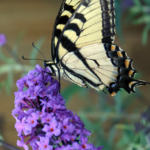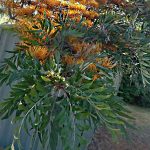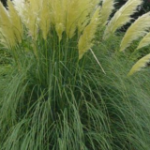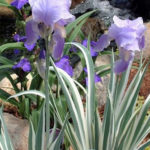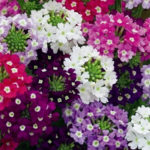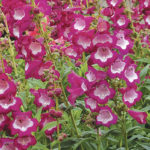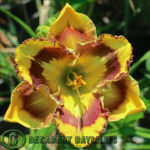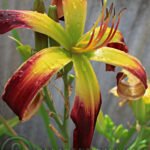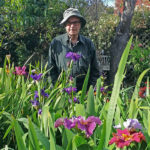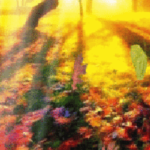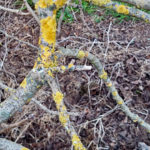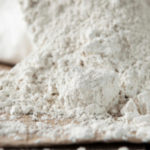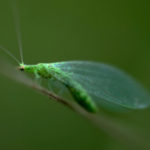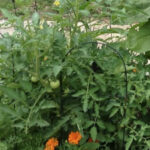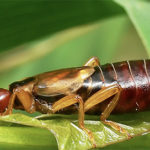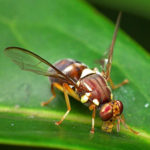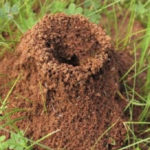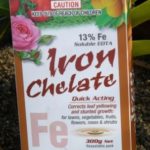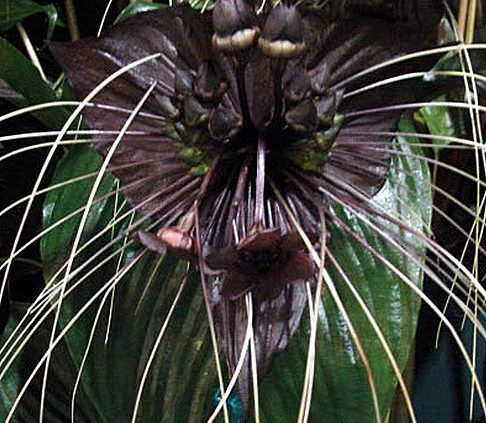
Black Bat Plant & White Bat Flower Plant
Black and White Bat Plants
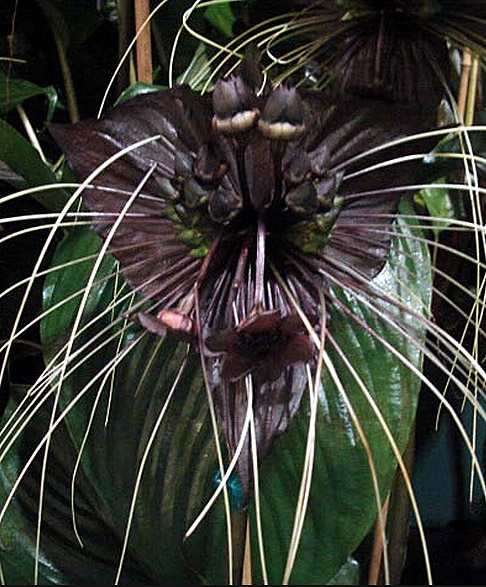 Australia’s landscape and the environment is great for cultivating Tacca species plants and there are a few varieties that are native to the land. The Tacca chantrieri, also known as the Black Bat Plant, is a member of the yam family called Dioscoreaceae. These particular unique flowering plants are native to Southeast Asia and grow wild in Yunnan Province, China. The black bat plant garners its name from its black coloured bat-like flower that also has long black ‘whiskers’. There is also a White Bat Plant with the botanical name Tacca integrifolia. This plant is similar to the black version with the exception of the flower and whiskers having a white or close to white colour. Both species can grow to a height of 60 to 90 centimetres with a spread of equal size and their whiskers can reach a length of 71 centimetres. Our gardens are our pride and joy along with being our own staycation oasis. If you want to include a touch of the unusual and extraordinary to your garden to add some pop, then look no further than the Tacca chantrieri or integrifolia.
Australia’s landscape and the environment is great for cultivating Tacca species plants and there are a few varieties that are native to the land. The Tacca chantrieri, also known as the Black Bat Plant, is a member of the yam family called Dioscoreaceae. These particular unique flowering plants are native to Southeast Asia and grow wild in Yunnan Province, China. The black bat plant garners its name from its black coloured bat-like flower that also has long black ‘whiskers’. There is also a White Bat Plant with the botanical name Tacca integrifolia. This plant is similar to the black version with the exception of the flower and whiskers having a white or close to white colour. Both species can grow to a height of 60 to 90 centimetres with a spread of equal size and their whiskers can reach a length of 71 centimetres. Our gardens are our pride and joy along with being our own staycation oasis. If you want to include a touch of the unusual and extraordinary to your garden to add some pop, then look no further than the Tacca chantrieri or integrifolia.
Caring for your Bat Plant.
Areas like Brisbane, Australia with tropical or subtropical climates are the greatest areas for cultivating White and Black bat plants. However, these hardy plants can be grown in different environments with proper attention and care. It is best to pot these plants when you have at least two to three months of warm weather to allow them to get established. The soil you grow these plants in maybe the most important factor to successful development. It needs to be well-drained, light, very porous and a little on the acidic side. A soil pH below 7 is needed for the bat plant to be able to absorb the right nutrients to flourish. It is important to use a fertiliser that is made to feed acid-loving plants like the Louisiana Iris.
The Black and White bat plants survive well in shaded areas and it is often recommended to grow these plants in an area of full shade or filtered light with good air circulation. Even though you want the plant to be in protected shade, you want them to also have warmth with high humidity this is essential so that the tips and edges of the leaves do not dry out and turn brown prematurely. Make sure you water these plants enough so they do not dry out but be careful to not over water your plant. Both conditions can result in plant growth failure. Bat plants also do not like being root bound and will require periodic root maintenance. You will want to repot your plants every spring making sure to wash the soil, cut most of the roots, remove most of the leaves and remove babies. The babies should be repotted in a different similarly sized pot with fresh healthy soil. A 10 inch or larger pot is recommended whether you grow your bat plant indoors or outdoors. With careful loving consideration, your White and Black bat plants will certainly fligh high.
Bat Plant Flowers and Seed
- Bat plants should grow two large leaves before the plant can attempt to flower and be able to produce seeds. This can take up to 3 years for the bat plants to be created and fully developed.
- Bat flowers last for at least 5 weeks on the plant and the flowers form seed pods naturally on their own without pollinators.
- After the seeds have ripened for a year on the plant. Harvest the seeds when they have matured ready for germination.
- The seeds are best planted in small pots, double the depth of the seed.
Planted seeds can take months to sprout. Divide plants for an easier method of propagation.
Maintenance Tips
- They are evergreen plants and experience winter dormancy. During the dormancy period cut back watering because the Bat Plants growth stops.
- Protection is needed from strong winds and heavy rain, cold frosts and the full sun.
- Fertilise every few weeks during spring and summer. Choose a well balanced soluble fertiliser that is kind of acidic suitable for orchids to assist the bat plant to grow well and bloom.
The bat plant’s extraordinary flowers and attractive green foliage are enticing to many gardeners. Nonetheless, this plant is not considered a low maintenance plant and can be difficult to grow for novice home gardeners. For the experienced grower through the presence of the Tacca chantrieri and/or Tacca integrifolia can parlay into great conversations in the warm late spring and summer evenings.
Conclusion
Black or white bat plants flourish in warm dappled light with good air circulation and high humidity. They should be potted or cultivated in nutrient-rich, well-structured loamy soil with adequate drainage that truly mirrors their native environment.


